
views
Finding the Amperage Rating of a Circuit Breaker
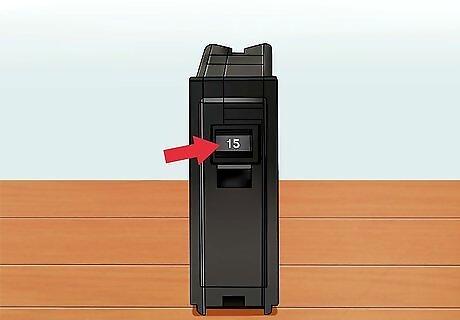
Examine the electric panel. Each circuit breaker should have its amperage marked on the handle. This is the maximum amperage that the circuit can take before the circuit breaker trips. In the United States, standard household circuits are rated for 15 or 20 amps. Specific appliances may need dedicated, high-load circuits for 30 or 50 amps. If you're not sure where your circuit breaker is, check your basement, if you have one. You might also look in your utility room, garage, or around the outside of your house.
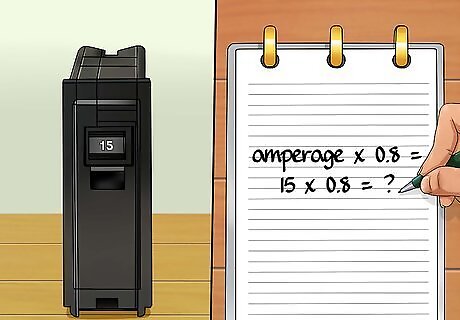
Multiply the amperage by 0.8. For everyday use, it's a good idea to expose the breaker to a maximum of 80% of the rated amperage. It's fine to exceed this for short periods of time, but continuous current above this amount could cause enough heat to trip the breaker. Breakers should be sized at 125% for a continuous load and 100% for a non-continuous load, which comes out the same when you multiply the breaker size by 0.8.
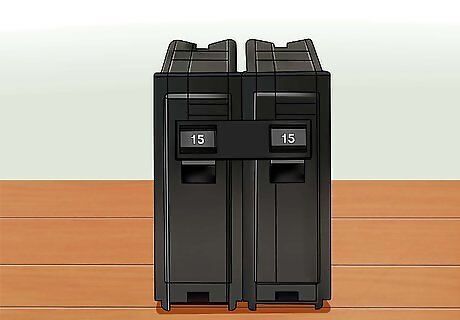
Understand double-pole breakers. Some high-voltage devices may be wired to a double-pole circuit breaker — two standard circuit breakers sharing a handle. Do not add together the amperage of the two breakers. Both circuits will be tripped simultaneously by the amperage displayed on one circuit breaker handle. For example, a two-pole breaker at 15 amps on each pole (breaker handle) would supply 240 volts to the appliance on that branch at up to 15 amps, not 30. A single breaker normally has 120V. However, a double pole breaker is essentially two breakers tied together with a handle tie, so it can deliver 240V.
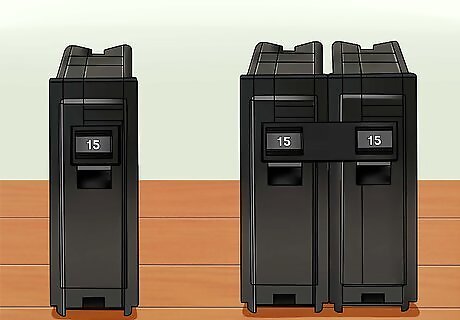
Compare this to the current on the circuit. Now you know how much amperage your wiring and circuit breaker can handle. To find out whether your circuit exceeds this amperage, continue to the next method.
Finding the Amperage Draw in a Circuit
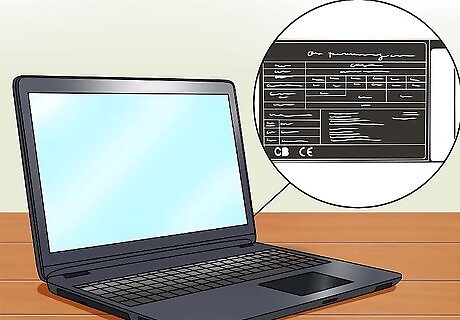
Find the wattage of a device. Pick any device attached to the circuit you're investigating. Find the wattage (W) listed on the data plate — usually on the back or underside of the device or near where the power cord is connected. This is the maximum power rating of the device, which can be used to calculate amperage. Some devices will list the amperage directly, often labeled FLA, meaning "Full Load Amps". If it does, skip down to the next section to interpret that rating.
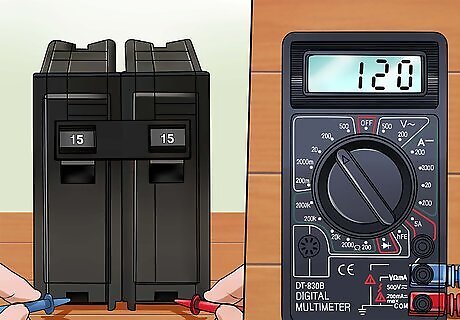
Check the voltage on the circuit. For household circuits, you can usually assume your house follows the voltage standards of your country. (For example, 120V in North America and Central America, or around 220V to 230V for most other countries.) If you think you are working with an exception, measure the voltage using a multimeter. If you use one, be sure your multimeter is set correctly to AC. The electricity coming from the outlets in your house will be AC, but if you're measuring a device or circuit that uses a rectifier, diode or similar to convert the power to DC, you'll need to set the multimeter to DC. Whether the device is AC or DC will be listed with the voltage on the label. Be sure to set the voltage range on the multimeter to one greater than indicated on the label.
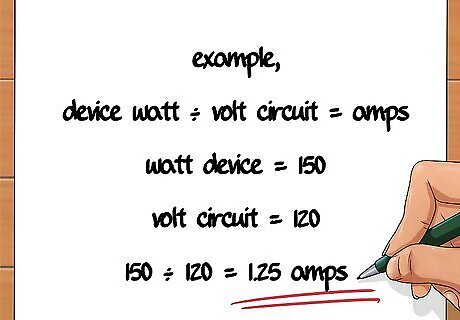
Divide the wattage by the voltage. The answer will be the amperage the device draws on your circuit. For example, a 150-watt purely resistive device (steam iron, light bulb, toaster, etc.) on a 120-volt circuit will draw 150 ÷ 120 = 1.25 amps. Inductive loads (motors, electronic devices, etc.) are affected by "Power Factor" which is an efficiency rating that is beyond the scope of this article.
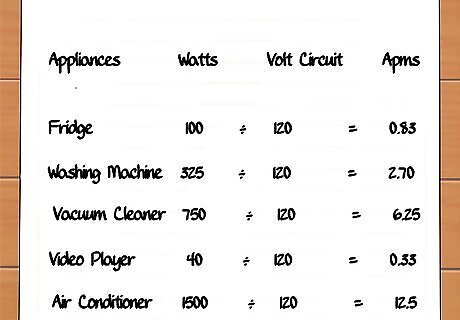
Repeat for each device on the circuit. Perform the same calculation for each other device on the circuit, or at least the ones with the highest wattage. Write down each answer next to the name of the device.
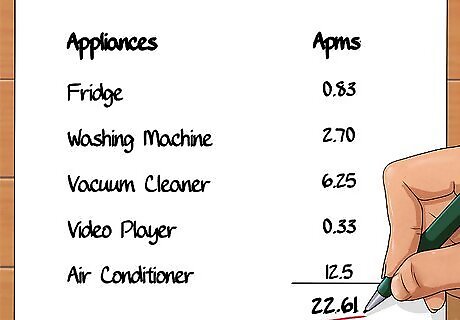
Add the amperages of devices that are always running. Take the continuously running devices, or the devices that are expected to use the maximum current for 3 hours or more at a time. Add their amperages together. If the result is more than 80% of your circuit breaker's rated amperage, plug one of the devices into an outlet on a different circuit.
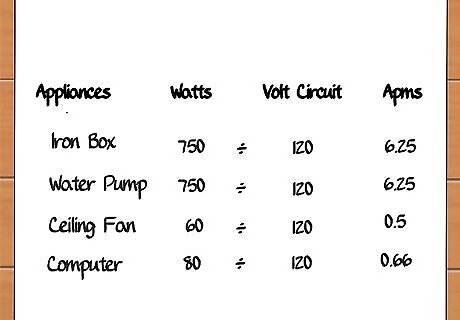
Add additional amperages. On top of the continuous amperage, add the amperage of other devices that might be on at the same time. If any combination gets above 100% of the circuit breaker's rating, it will trip the circuit. You can solve this by moving a device to a different circuit, or by remembering not to use high-power devices at the same time. Electrical circuits never operate perfectly. Some of the energy is lost to heat, and devices may draw more current to make up for this. Waste is low in most household circuits (below 10%), but it is still possible to trip the breaker if the total calculated amperage on paper is slightly below the breaker rating.
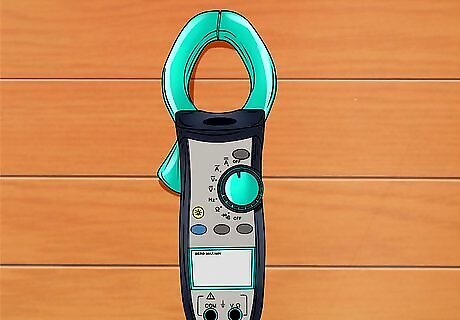
Measure amperage directly with a clamp multimeter (optional). A clamp multimeter (or clamp ammeter) has a pair of "jaws" at the top that close shut to encircle a wire. When set to measure amps, the device will display the number of amps running through that wire. To test a circuit, expose the wire leading to the load side of a circuit breaker. With the clamp multimeter set up as described, have a friend turn on other devices in the house. If the device is on the same circuit, you will see the amperage display increase. Do not attempt this unless you have electrician's gloves and a basic understanding of electrical safety. These wires are live and removing the front panel of a breaker panel will expose you to dangerous voltages, so use extreme caution.
Reading a Device's Amperage Rating
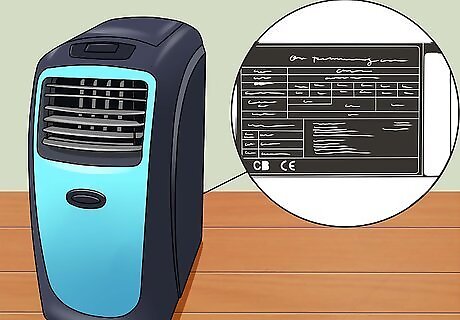
Look for the data plate. All appliances should have a data plate with electrical information. Look on the back or underside of the device, where the cord enters, or check the product manual. The information on this plate will help you determine how many amperes the device draws, and therefore the rating you will need for the circuit breaker. This section covers devices that list the amperage directly on the data plate, which should include all appliances with a motor. If your device only lists wattage (W), calculate the amperage from that value. This is not an appropriate method to determine safety features to protect the motor itself. The circuit breaker protects the wiring of the electrical supply. High-power devices such as air conditioning units and ovens are best installed by a trained electrician.
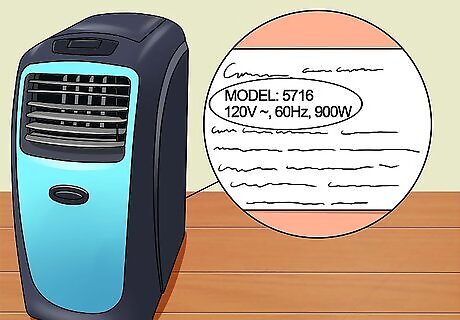
Check the device's voltage rating. The amperage drawn depends on the voltage of your electrical circuit. The intended voltage (V) of the device should be listed so you can confirm that it matches your electrical system. If the device can run at two different voltages, it will usually list two values like this: 110V/240V. In this example, if you were running the device on a 110 volt supply, you would only refer to the first number listed on each line. Most electrical codes allow a ± 5% tolerance for the voltage (or slightly more). Do not run a device on a voltage supply outside this range. Household outlets in North America and some other countries are on a 120V standard. Most of the world uses 220–240V. Many homes have 30-A or 50-A breakers dedicated to larger appliances such as water heaters, baseboard heaters, ovens, stoves, and heavy-duty power tools. The wiring and breakers for these circuits are required to be designed at 125% of the continuous load and 100% of a non-continuous load.
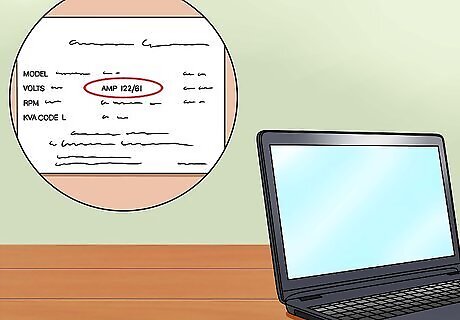
Look for the FLA, or "full load amps". This is the number of amps the motor will draw at the rated horsepower. In the United States, if this device will be left on for more than three hours, the circuit breaker should be rated at 125% of this value. (Multiply the FLA by 1.25.) This allows for additional load due to other factors, mainly heat. This value may also be listed as full load amperage, running amps, rated amp, or just amps. Circuit breakers are rated to 100% of the listed amperage, meaning you can skip the 125% calculation. This information will be clearly listed on the circuit breaker electrical panel if you have this type of breaker.
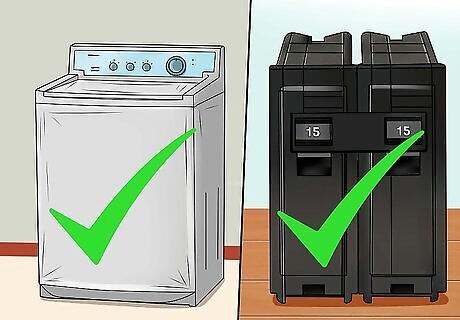
Check the LRA. The LRA, or locked rotor amps, is the amount of current drawn when the motor is not turning. This is required to start the motor and can be much higher than the FLA. Modern circuit breakers are designed to allow this brief surge of current. If your circuit breaker is rated high enough for the FLA but still trips when the device is plugged in, it could be a faulty breaker, another device plugged into the circuit that causes an overload, or just an old model. Move the device with high LRA to another circuit or have an electrician inspect your wiring. Do not confuse this with the RLA, a specially derived value of internal forces, listed on air conditioner units. You can oversize a breaker to 125% to help prevent your breaker from tripping if the circuit is designed strictly for motors.
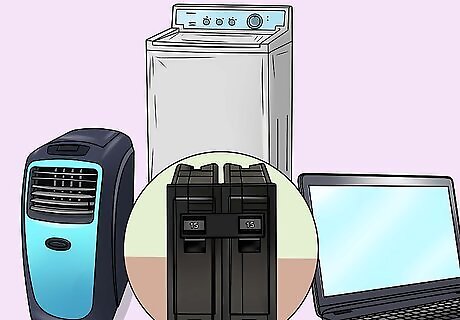
Take other devices into account. According to the NEC, branch circuits are sized at 125% of the continuous load plus 100% of the non-continuous load. If multiple devices are running on the same circuit, add them together as follows: If your circuit breaker is rated at 100%, just add all of the amperages together. If your circuit breaker is rated for continuous loads at 80% or you do not know its rating, add the amperages of all devices running for more than three hours at a time and multiply by 1.25. Add to the result the amperage of all devices running for shorter periods of time. In either case, if the answer exceeds the circuit breaker amperage, move a device to another circuit.
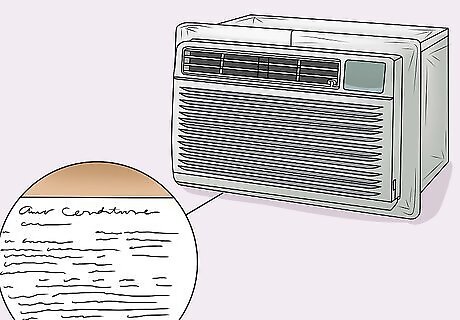
Use the MCA and MOP ratings for an air conditioning unit. These values are rarely listed except in North American air conditioning units or other appliances with large motors or compressors. The Minimum Circuit Ampacity tells you the minimum wire size necessary for safety. The Maximum Overcurrent Protection is the highest circuit breaker amperage allowable. When in doubt, use the MOP value when choosing a circuit breaker to avoid unnecessary breaker tripping. These values are often surprising if you do not have HVAC experience, and are further complicated by new technologies that allow for lower amperage than MOP implies. Consider hiring a professional if you are not experienced in the area.

















Comments
0 comment